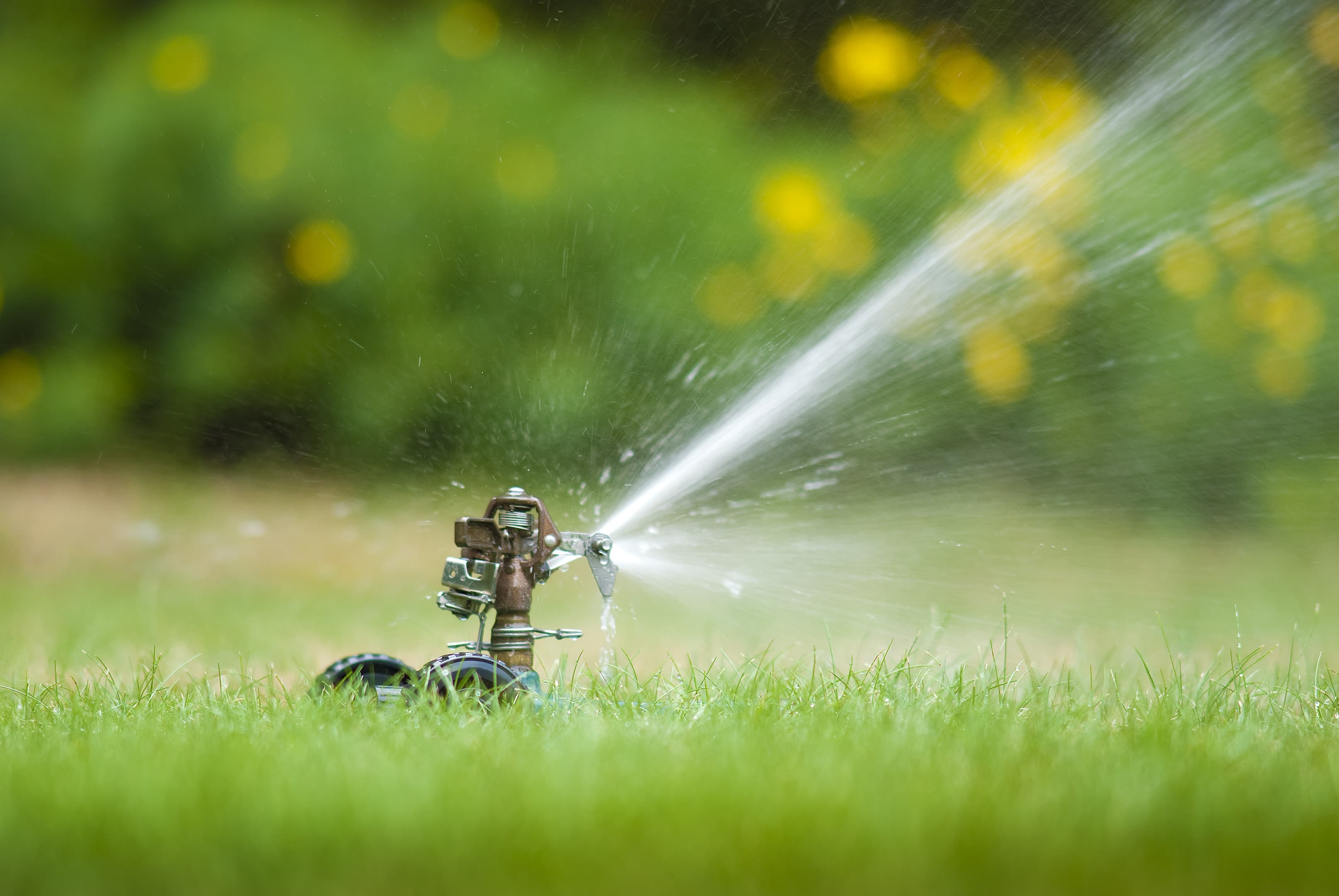
Crop Rotation is the act of rotating vegetable plant families throughout your garden each year, so you aren't growing the same vegetables in the same spot. When varieties of the same plant family occupy the same plot of ground for too long, nutrients are depleted and the chance of a pest or disease infestation is higher. Even small gardens will benefit from crop rotation. Here’s a handy crop rotation checklist to help you get started.
- Divide them up into families. Here’s a list of the most common vegetable families.
- These include arugula, cabbage, collards, Brussels sprouts, kale, broccoli, cauliflower, boc choi, kohlrabi, rutabaga, turnip, and radishes.
- This family includes all beans and peas and peanuts.
- The nightshades include tomatoes, potatoes, eggplant, peppers, and tomatillos.
- These include onions, garlic, leeks, shallots, and chives.
- Carrots, parsnips, cilantro, fennel, celery, dill, celeriac, parsley.
- Swiss chard, spinach, and beets.
- Squash, zucchini, cucumbers, pumpkins, and melons.
- Corn, lettuce, endive, basil, artichokes, chicory.
- Create a new diagram each year and keep records of where you plant your crops. Here are some strategies to help with crop placement and rotation.
- Growing peas and beans in your garden will actually add nitrogen to the soil, so they are a great crop to plant after broccoli, spinach, and the all members of the nightshade family.
- Growing peas and beans in your garden will actually add nitrogen to the soil, so they are a great crop to plant after broccoli, spinach, and the all members of the nightshade family.
- Shredded leaves, compost, and cow manure are great additions to your garden and will work wonders for your soil and your plants.
- Chop these plants into your soil before they flower or after they are killed by the frost. They will provide your soil and your garden plants with valuable nutrients.
5.0 stars
Scores 4.80 with 65 votes
Crop Rotation Checklist Tips
- Many insects overwinter in your garden soil. Their master plan is to emerge and find their favorite delicacy growing nearby. The farther away you plant your crops from last year’s spot, the farther the insects will have to travel to get a meal.
- The longer one crop grows in the same location, the more certain nutrients required by that crop are depleted. Growing the same plants in the same garden bed will eventually wreak havoc on your soil structure and nutrient levels, making it near impossible to grow that crop successfully in future years.
- Crop rotation isn't just about rotating plants from year to year, you can also grow more than one crop in each bed in the same growing season. When one plant is harvested, fill the empty space with a plant from another family. This is called succession planting.
Table of Contents
Related Checklist


Vegetable Garden
Jake R Brady

Houseplant
Michelle.Tako
Related Checklist Templates

Tree Planting
Tara Schatz


Irrigation
Nicole Nichols-West


Gardener
Jake R Brady

Organic Lawn Care Products
Tara Schatz
More Checklist Templates
"Crop Rotation Checklist" not suitable?
Search the World's largest free library of checklist templates